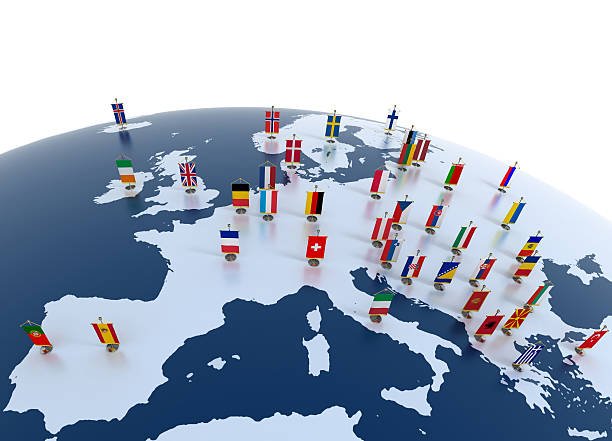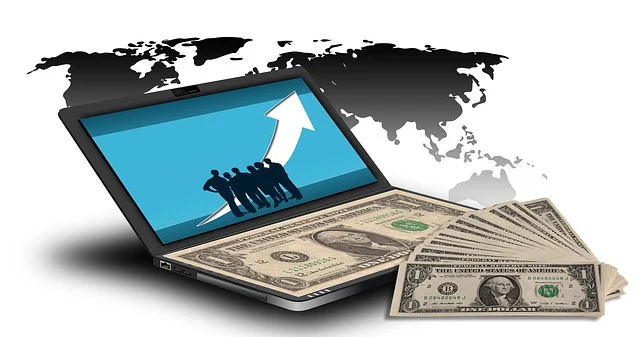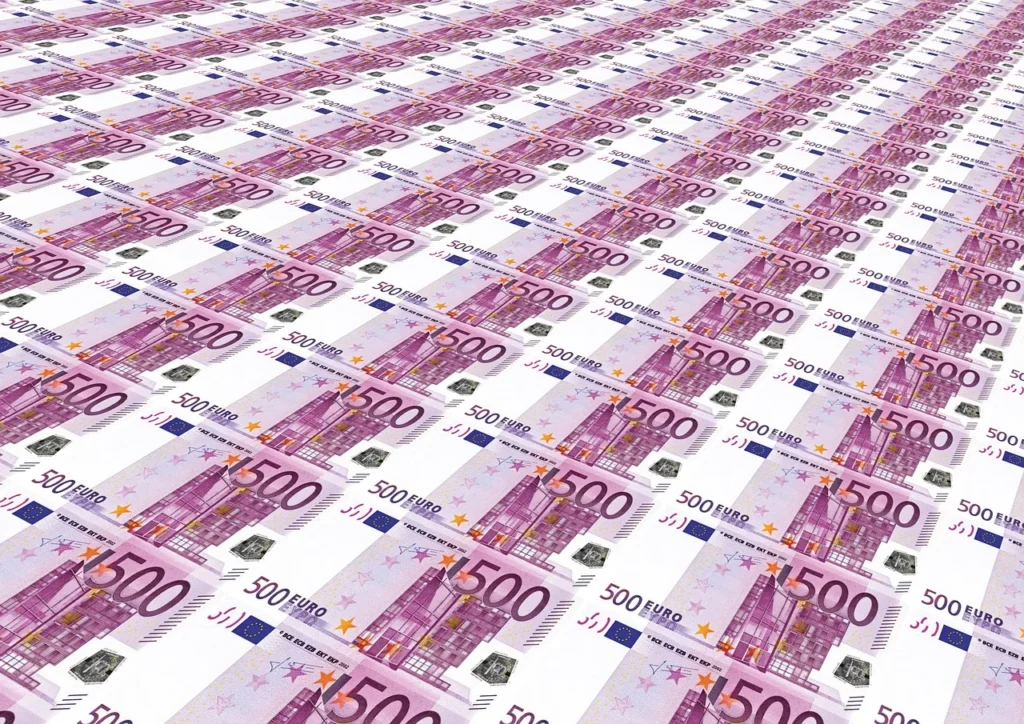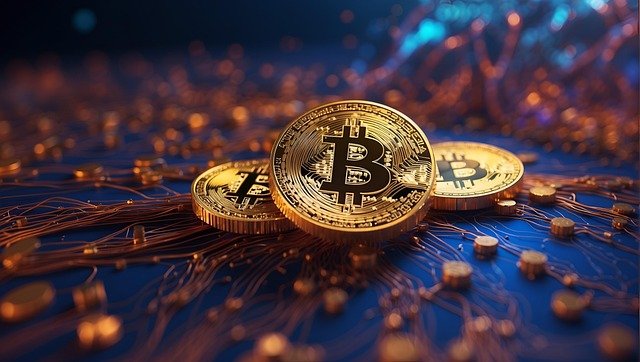It’s easy to think of conflict as something that happens far away—something that’s political, distant, and not really part of everyday life. But what if what’s happening in Eastern Europe could quietly be draining your wallet or inflating your savings without you even noticing? This goes deeper than just tanks and torpedoes.
A new report from the Kyiv School of Economics (KSE Institute) is sounding the alarm, and not just about Ukraine. Russia is investing heavily in military capabilities that suggest it is planning for potential conflict far beyond Ukrainian borders. From intercontinental ballistic missiles to nuclear torpedoes and hypersonic glide vehicles, these developments signal long-term strategic goals.

According to the report, Russia’s defense budget is expected to hit $145 billion in 2025—representing 32% of its total federal spending. This is not just posturing; it’s preparation. And the economic ripple effects could touch every major market around the world.
The Currency Fallout: What This Means for Global Markets
Russia’s escalating defense posture doesn’t exist in a vacuum. It directly impacts investor behavior, global market confidence, and currency values. Here’s what to watch:
1. Flight to Safety: Strengthening the U.S. Dollar
In times of geopolitical instability, global investors tend to move their money into “safe haven” currencies. The U.S. dollar, Swiss franc, and Japanese yen often benefit from this trend. If tensions escalate further or open a new front (for example, in the Arctic), demand for these currencies will likely rise—making them stronger on the international market.

The U.S. dollar often surges during global uncertainty.
2. Euro Under Pressure
Europe may face a “25-year window of vulnerability,” especially if U.S. support for NATO wanes. Increased defense spending across EU nations could divert funds from infrastructure and social programs, potentially weakening economic growth and the Euro along with it. Inflation risks could also rise, making the European Central Bank’s job even harder.

The Euro may weaken under the weight of rising defense costs.
3. Emerging Market Volatility
Many emerging market economies are tied to Russia through energy or trade relationships. As Russia strengthens its ties with countries like Iran, North Korea, and China, sanctions and economic fallout may trigger currency instability in these regions. Investors may pull out of local markets, leading to currency depreciation.

Emerging market currencies often take the first hit during sanctions and political shifts.
4. Short-Term Boost for Crypto
Whenever traditional markets shake, cryptocurrency tends to benefit—at least temporarily. Bitcoin and stablecoins could see increased inflows as a hedge against uncertainty. However, crypto remains highly volatile and should be approached with caution.

Final Thoughts
If you’re using a real-time currency converter like Convertly.info, don’t be surprised by sudden swings in exchange rates. It’s not a glitch; it’s the global economy reacting to very real geopolitical shifts.
Convertly.info
Tools like Convertly help you keep up with fast-moving rates impacted by geopolitics.
In this new age of international tension, missiles might move markets more than interest rates do. And that’s a wake-up call for anyone paying attention.
June 26, 2025